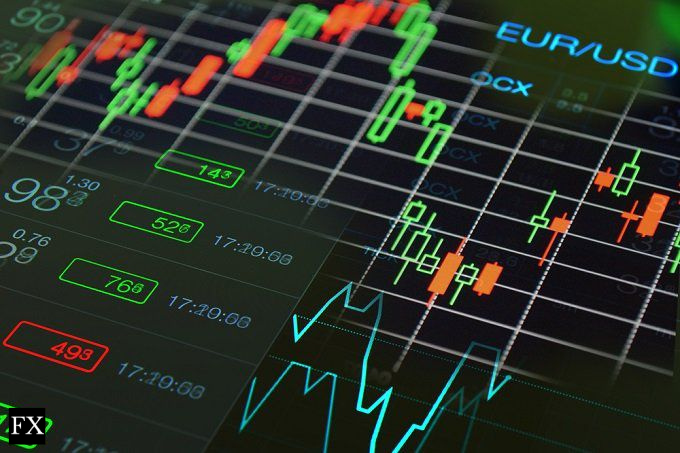The dynamic nature of the Forex market demands that traders be adaptable and continuously refine their approaches. This often means embracing new trading strategies. However, diving headfirst into a new methodology without proper preparation can be risky. It’s not enough to blindly follow a popular strategy touted by a guru; you need to rigorously test its effectiveness for your trading style and market understanding. This guide outlines a step-by-step process to ensure you’re implementing new strategies responsibly and effectively.
Phase 1: Risk-Free Exploration with Trading Simulators
Before you risk any capital, the initial phase of testing a new strategy should be completely risk-free. This is where trading simulators become invaluable. They provide a safe space to practice and hone your skills without exposing your hard-earned money to potential losses.

Trading simulators offer a unique advantage: they allow you to analyze historical market data and test your strategy even when the live market is closed. These platforms are essentially trading environments populated with past price quotes, often stretching back decades. You can control the speed of the simulated market, allowing you to test your strategy at a comfortable pace and under varying conditions. Whether you choose a free or subscription-based solution, these simulators are instrumental in refining your approach and improving your precision before real money is involved.
Phase 2: Gentle Introduction with DealCancellation
Once you feel comfortable with the simulated environment, you may want to move towards incorporating your strategy into your live trading routine with more caution. For those who want a safety net, features like easyMarkets’ dealCancellation can be helpful. This tool allows traders to undo losing trades for a set period (1, 3, or 6 hours) for a small fee. Think of it as a “second chance” if the strategy doesn’t initially play out as expected. This feature is ideal when exploring different instruments, markets, or analysis techniques, providing an extra layer of protection as you adjust your approach to live conditions. If you are interested, you can learn more about how dealCancellation works on the easyMarkets website.
Phase 3: The Crucial Demo Account Test
After spending several weeks in the simulator, the next vital step is the transition to a demo account. Even if you’re an experienced live trader, it’s important not to skip this stage. Trading with a demo account gives you a feel for real-time price action and market dynamics, but without financial risk. You can implement your strategy as if you were using a live account without actually jeopardizing your funds. Treat this virtual trading environment as a genuine test of your strategy’s viability. It will provide valuable insights into how the strategy behaves in real-time conditions.
Why These Steps Are Crucial
Following these steps may seem like a time-consuming process, but each stage serves a critical purpose. It’s not simply about finding a good strategy; it’s about understanding how that strategy works for you, in different market conditions, and within the parameters of your own trading style. Testing is essential for boosting confidence in your new method, building mastery in its implementation, and protecting your trading capital in the long run.
Conclusion
Integrating a new forex trading strategy requires patience, discipline, and a methodical approach. As we navigate the ever-evolving financial landscape, the ability to adapt and optimize our strategies is paramount to long-term profitability. By following these steps – simulators, dealCancellation if necessary, and demo accounts – you ensure you’re making informed decisions and setting yourself up for consistent success.
We hope you have enjoyed this article, for more articles like this, tips for improving your trading, be sure to check our strategies and tools.
Want to trade forex? Here’s a list of forex brokers to check out plus analysis and predictions for major currencies.

